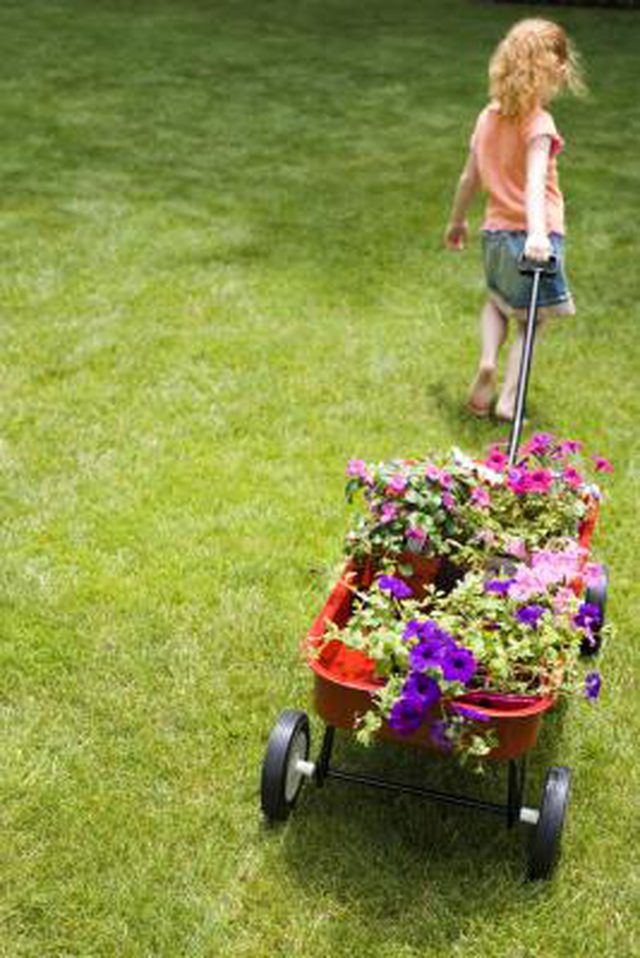Bulbs
Flower Basics
Flower Beds & Specialty Gardens
Flower Garden
Garden Furniture
Garden Gnomes
Garden Seeds
Garden Sheds
Garden Statues
Garden Tools & Supplies
Gardening Basics
Green & Organic
Groundcovers & Vines
Growing Annuals
Growing Basil
Growing Beans
Growing Berries
Growing Blueberries
Growing Cactus
Growing Corn
Growing Cotton
Growing Edibles
Growing Flowers
Growing Garlic
Growing Grapes
Growing Grass
Growing Herbs
Growing Jasmine
Growing Mint
Growing Mushrooms
Orchids
Growing Peanuts
Growing Perennials
Growing Plants
Growing Rosemary
Growing Roses
Growing Strawberries
Growing Sunflowers
Growing Thyme
Growing Tomatoes
Growing Tulips
Growing Vegetables
Herb Basics
Herb Garden
Indoor Growing
Landscaping Basics
Landscaping Patios
Landscaping Plants
Landscaping Shrubs
Landscaping Trees
Landscaping Walks & Pathways
Lawn Basics
Lawn Maintenance
Lawn Mowers
Lawn Ornaments
Lawn Planting
Lawn Tools
Outdoor Growing
Overall Landscape Planning
Pests, Weeds & Problems
Plant Basics
Rock Garden
Rose Garden
Shrubs
Soil
Specialty Gardens
Trees
Vegetable Garden
Yard Maintenance
How to Landscape the Front Yard Using Pictures & Design Plans
How to Landscape the Front Yard Using Pictures & Design Plans. Using pictures and design plans to landscape helps in visualizing the end product. By borrowing some inspiration from others and laying it out on paper, homeowners are left with a more focused and inspired plan of attack for their landscaping projects. If the actual landscaping is being...

Using pictures and design plans to landscape helps in visualizing the end product. By borrowing some inspiration from others and laying it out on paper, homeowners are left with a more focused and inspired plan of attack for their landscaping projects. If the actual landscaping is being turned over to a team of professionals, it also helps to communicate with them in terms with which they are familiar. The end result is a vibrant front yard that will grow and develop for years to come and contribute to the curb appeal, and possibly the resale value, of the entire property.
Things You'll Need
Source/reference images
Graph paper
Tracing paper
Pencil
Watercolor pencils/acrylic markers
Gather reference images of landscaping plans that will inspire and inform the design for the front yard being landscaped. Look for these images online, in gardening books or take photos of ideal local gardens.
Make a scale drawing of the landscape on grid paper. Most landscape design plans are laid out as a bird's eye view, so make each square on the graph paper equal 2 feet square as seen from above. Add a north-facing arrow and add lines to indicate the borders of the property.
Lay tracing paper over the graph and label it "Property Features." Use arrows to draw in drainage patterns and mark spots that don't drain well. Add an outline of the house, the garage, driveway, fence, windows, doors and any large unmovable features of the front yard, excluding current landscaping.
Write out two separate lists to determine the needs and wants for the front yard. Needs can include things like privacy, curb appeal or shade. Wants can include specific plants, color palate or shapes.
Lay a new piece of tracing paper over the graph paper and label it "Current Plan." Draw in all of the current front yard landscaping features, such as trees, paths, rocks and flower beds.
Lay a new piece of tracing paper over the graph paper and label it "New Landscaping Plan." Create a key using different colors of watercolor pencil or acrylic marker to indicate types of plants, such as trees, shrubs, planting beds, rocks and water features.
Refer to images of houses that use plants of a variety of heights and girths. Notice how larger plants are used around the corners of the house to soften hard edges and how a frame is created by using lower bushes and flowers around the front door and pathway.
Refer to images of houses that compare in size to your own. Note the maximum size in height and width of each plant, as well as its placement. Choose plants for your own design plan that fit in proportion with the size of the house.
Consider potential maintenance problems before you select plantings. A brief consultation with an expert from a garden center can help out in this process. Bring the illustrated plans that have been made to this point, as well as the source images, and ask for advice on the exact species of plant that meet the environmental requirements and aesthetic qualities.
Refine the "New Landscaping Plan" page with the suggestions made by the expert. Redraw the entire plan if necessary. Search for images of each plant included in the final plan, and keep them with the design plan.
Follow the plan as closely as possible when landscaping, working from the house outward.
Take photos along the way to track progress.
Tips & Warnings
Determine a budget for the landscape and have a garden center estimate the total costs for the plants and equipment needed to carry out the plans.
Environmental requirements refer to a plant's hardiness, heat tolerance, light, moisture and soil requirements.
Aesthetic qualities refer to a plant's form, texture, foliage color, flowers, fruits, bark and full size at maturity.